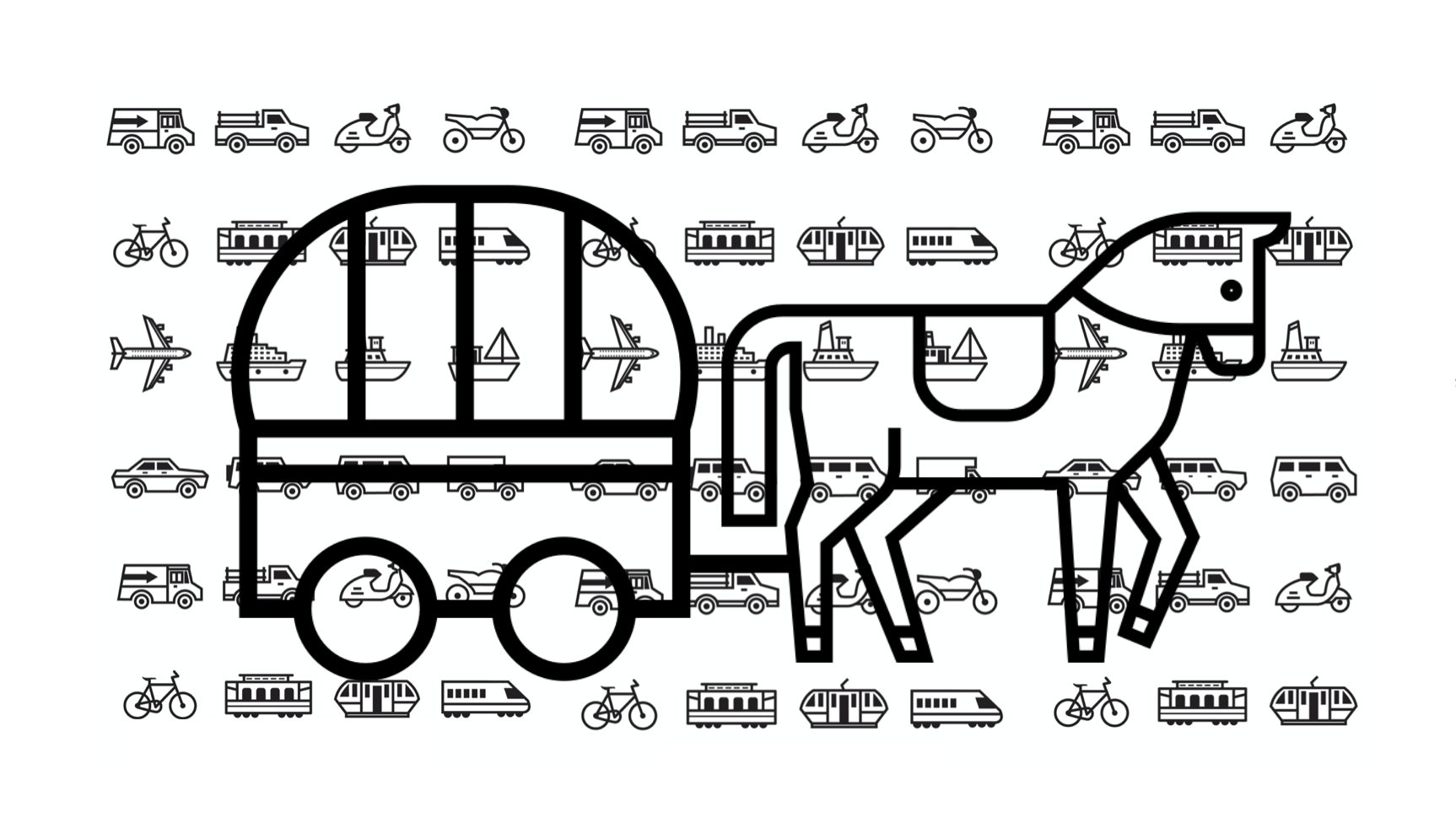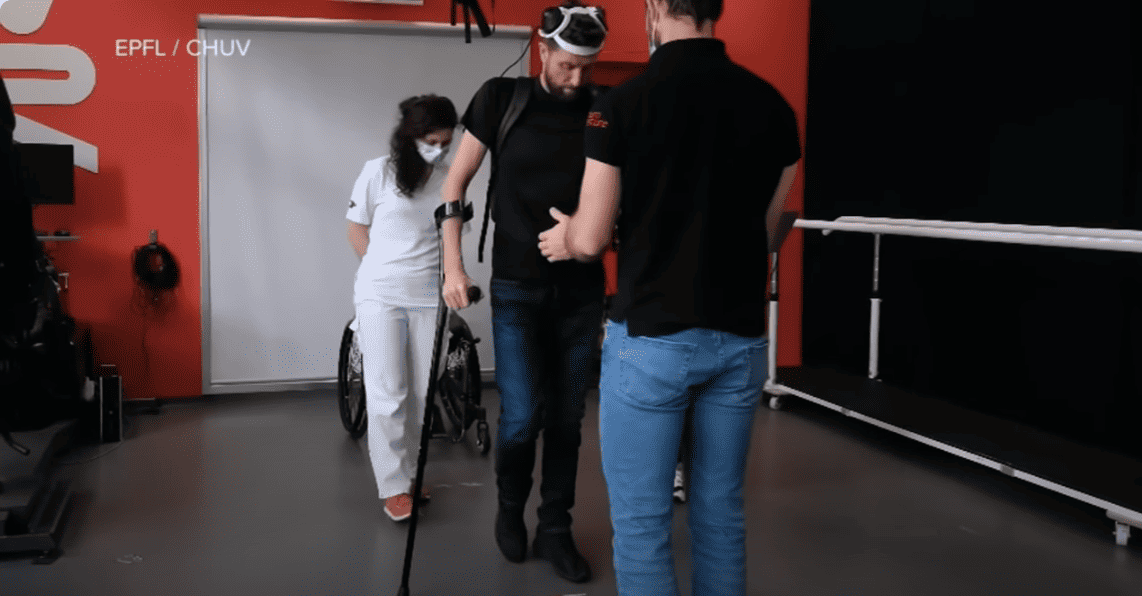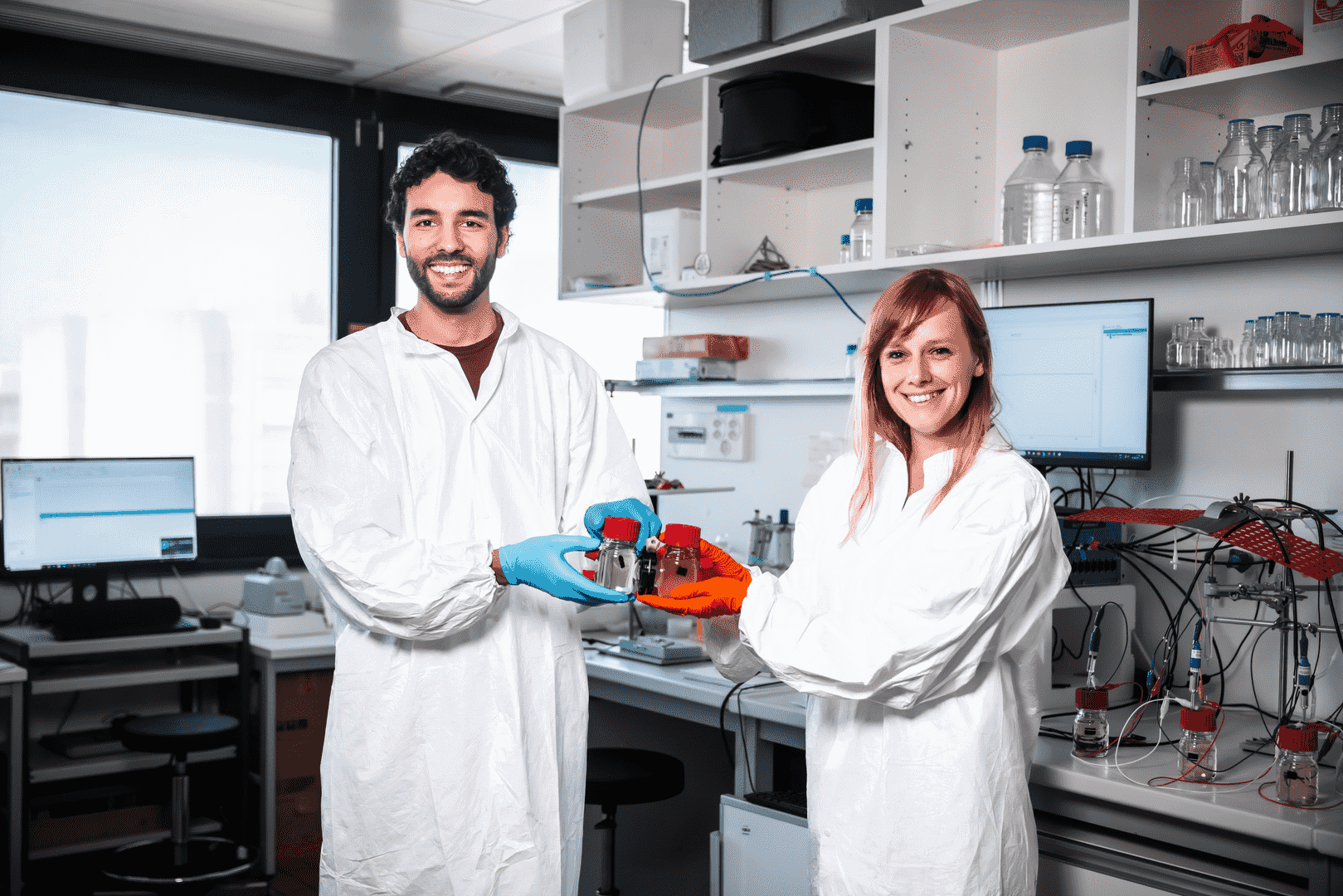
Researchers at the Technical University of Lausanne (EPFL) and Japan’s JTEKT Corporation have developed an automatic driving system that interacts with the driver. This system should increase safety, efficiency and comfort by actively seeking interaction with the human driver. EPFL reports this in a press release.
Safety
Although many mass-produced vehicles already have autonomous driving technology built in, little data is available on its safety. It does show that placing too much control with the vehicle can cause the driver to pay less attention and be more likely to be involved in an accident.
Jürg Schiffmann, head of the Applied Mechanical Design Laboratory, said that current vehicles on the market are either manual or automated. “There is no way to share control of the vehicle. This is dangerous because the driver then relies too much on the automatic system,” Schiffmann said.

Horse and rider
In collaboration with JTEKT, EPFL has developed a system that does allow this human-robot interaction. The researchers hope this approach increases both the safety of automated riding and its social acceptance. Tomohiro Nakade, JTEKT researcher, says this research is based on adapting the system to humans.
Nakade, author of a recent article on the project in Nature, says the comparison to the horse and rider is a good metaphor. “A vehicle should always be open to negotiation with the human driver. This is like a rider communicating through the reins to the horse what his intentions are.”
Continuous interaction between driver and system ensure that people have a chance to respond. Robert Fuchs, EPFL alumni who has now started working for JTEKT, says, “If people merely monitor a system and do not actively participate in it, they lose the ability to respond.”
Active participation
The system has three functionalities to achieve active participation: interaction, arbitration and inclusion. Different types of interaction are possible such as cooperation, where the system assists humans in achieving a goal, and competition, where humans and system engage in opposing activities.
The arbitrage feature causes the system to choose an interaction mode based on the situation on the road. This allows the system to switch from cooperation to competition to avert an impending collision. The inclusion function causes the system to recalculate if the driver intervenes. This is substantially different from current systems, which switch off when the driver takes the wheel.
Selected for you!
Innovation Origins is the European platform for innovation news. In addition to the many reports from our own editors in 15 European countries, we select the most important press releases from reliable sources. This way you can stay up to date on what is happening in the world of innovation. Are you or do you know an organization that should not be missing from our list of selected sources? Then report to our editorial team.







